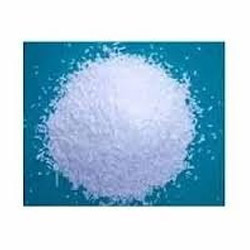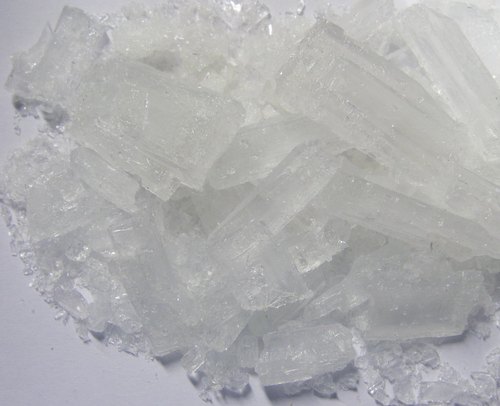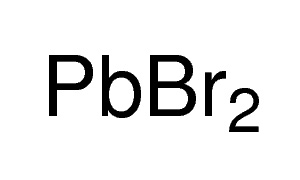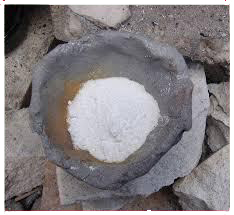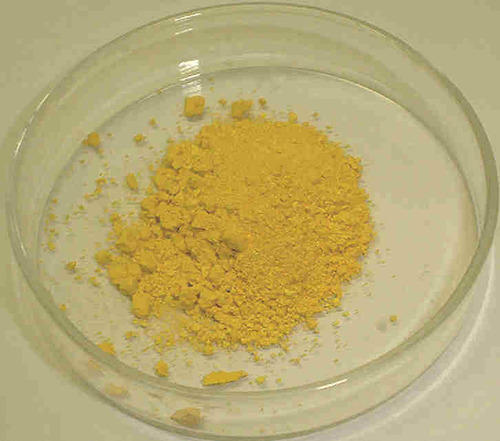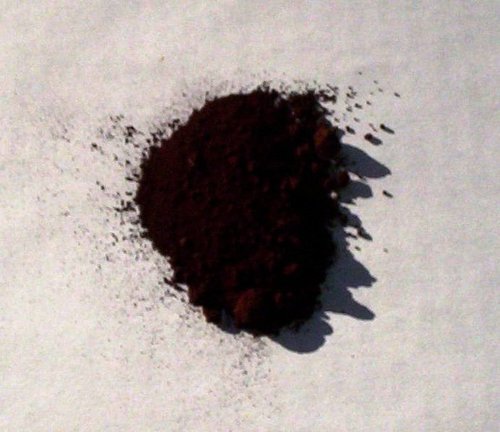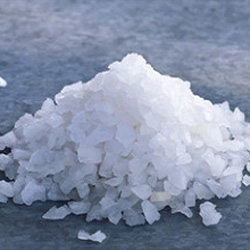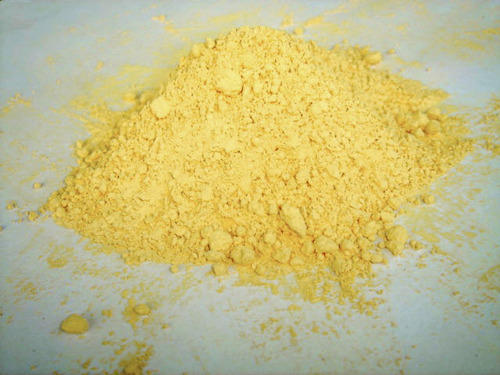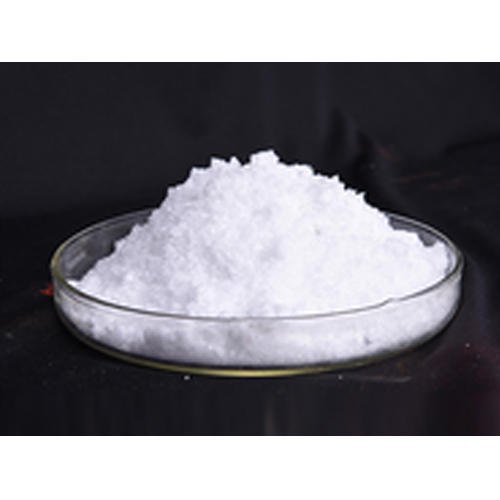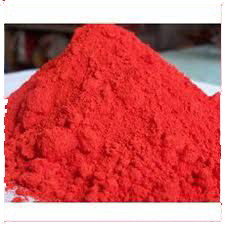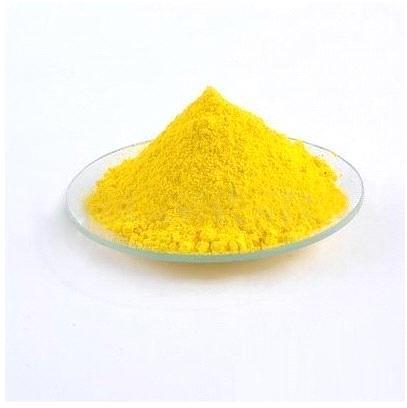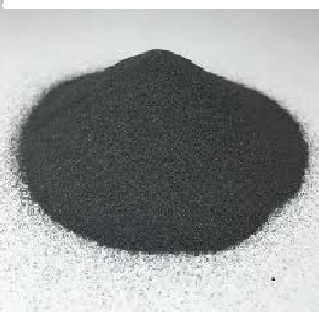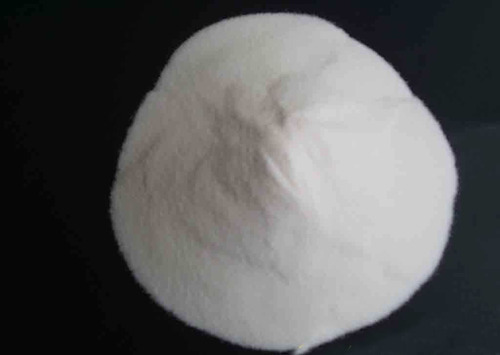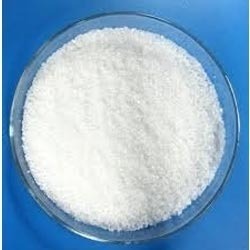Lead Compound
Wholesale Trader of a wide range of products which include lead metal foil, lead borate, lead powder and metals, lead monoxide lr, lead stearate and lead sub acetate.
Lead Acetate Basic
As a quality-oriented organization, we are focused to provide our clients outstanding quality Lead Acetate Basic. Our given lead acetate is formulated from the optimum quality chemical compounds by our experts as per the norms of standards. This lead acetate is reacts with water to form brown lead dioxide and acetic acid. Along with that, provided lead acetate is accessible in different packaging options as per the demands of the customers.
Features:
- Incompatible with water
- Accurate composition
- Moisture sensitive
Lead Acetate Trihydrate
A wide quality array of products comprising Chemical Compound, Organic Compound, Boric Acid, Carnauba Wax, Crude Iodine, Ammonium Ferric Citrate, Gelatinous Substance, Inorganic Compound, Immersion Oil, Laboratory Chemicals,Magnesium Metal Turning, Wool Wax, Acenaphthene Chemical, Magnesium Metal Powder and Malt Sugar.
Lead Bromide (10031-22-8)
| Specifications | |
|---|---|
| Appearance | White to beige color crystals or crystalline powder |
| Assay (ex Pb) | Min 99% |
Lead Carbonate
Lead carbonate is the chemical compound PbCO3. It is prepared industrially from lead(II) acetate and carbon dioxide. It occurs naturally as the mineral cerussite Identifiers.
Properties:
- CAS number [598-63-0]
- Molecular formula PbCO3
- Molar mass 267.21 g/mol
- Appearance White powder
- Density 6.6 g/cm3
- Melting point ~400 °C (dec.)
- Solubility in water Insoluble
Lead Chromate
Lead(II) chromate (PbCrO4) is a chemical compound, a chromate of lead. It has a vivid yellow color and is practically insoluble in water, and as a result, is used in paints under the name chrome yellow. It is commonly made in the laboratory by reacting a lead(II) salt (such as lead(II) nitrate) with a chromate or dichromate salt (such as potassium chromate or potassium dichromate) in solution in water, producing a very deep yellow to orange precipitate of lead(II) chromate.
Lead Dioxide
Lead(IV) oxide, commonly called lead dioxide or plumbic oxide, is a chemical compound with the formula PbO2. It is an oxide where lead is in an oxidation state +4. It is an odorless dark-brown crystalline powder which is nearly insoluble in water. It exists in two crystalline forms. The alpha phase has orthorhombic symmetry; it has been first synthesized in 1941 and identified in nature as a rare mineral scrutinyite in 1988. The more common, tetragonal beta phase was first identified as the mineral plattnerite around 1845 and later produced synthetically. Lead dioxide is a strong oxidizing agent which is used in the manufacture of matches, pyrotechnics, dyes and other chemicals. It also has several important applications in electrochemistry, in particular in the positive plates of lead acid batteries.
Lead Metal Foil
A wide quality array of products comprising Chemical Compound, Organic Compound, Boric Acid, Carnauba Wax, Crude Iodine, Ammonium Ferric Citrate, Gelatinous Substance, Inorganic Compound, Immersion Oil, Laboratory Chemicals,Magnesium Metal Turning, Wool Wax, Acenaphthene Chemical, Magnesium Metal Powder and Malt Sugar.
Lead Monoxide LR
Lead(II) oxide, also called lead monoxide, is the inorganic compound with the molecular formula PbO. PbO occurs in two polymorphs, one litharge having a tetragonal crystal structure and the other massicot having an orthorhombic crystal structure. Modern applications for PbO are mostly in lead-based industrial glass and industrial ceramics, including computer components.
Lead Nitrate
We are engaged in the supply and trading of a wide range of products such as the Lead Nitrate which are high on demand in the market and they are used for a wide range of applications in various industries. They offer a high performance to the customers and they are used as heat stabilisers in polyesters and nylons and they are used for making rodenticides.
Lead Oxide Red
Lead Di-Oxide (PbO2) 29.0 +/- 1% Red Lead Content (Pb3O4) 80.25 – 86% Apparent Density 1.3 – 1.5 gm/cc Acid Absorption 180 +/- 20 ml/gm Free Lead Nil Moisture Nil Retention on 100 Mesh on 240 Mesh Nil Max. 0.1% Impurities Antimony (Sb) Max. 10 ppm Bismuth (Bi) Max. 250 ppm Copper (Cu) Max. 10 ppm. Silver (Ag) Max. 35 ppm Iron (Fe) Max. 5 ppm .
Lead Oxide Yellow
To cater to the ever-increasing demands of various industries, we offer a wide range of Iron Oxide Yellow. Offered in various grades, such as 190, 990 and 019, this pigment is ideally used in power and paint industries.
Lead Powder And Metals
Physical state and appearance: Solid. (Metal solid.) Odor: Not available. Taste: Not available. Molecular Weight: 207.21 g/mole.
Lead Stearate
A wide quality array of products comprising Chemical Compound, Organic Compound, Boric Acid, Carnauba Wax, Crude Iodine, Ammonium Ferric Citrate, Gelatinous Substance, Inorganic Compound, Immersion Oil, Laboratory Chemicals,Magnesium Metal Turning, Wool Wax, Acenaphthene Chemical, Magnesium Metal Powder and Malt Sugar.
Lead Sulphate
Lead sulfate is prepared by treating lead oxide, hydroxide or carbonate with warm sulfuric acid, or by treating a soluble lead salt with sulfuric acid.
Chemical Products
- Aluminium Compound
- Ammonium Compound
- Antimony Compound
- Barium Compound
- Bismuth Compound
- Boric Acid
- Cadmium Compound
- Calcium Compound
- Cetramide
- Chemical Compound
- Chemical Element
- Copper Compound
- Cuprous Compound
- Ferric Compound
- Ferrous Compound
- Food Additives
- Gelatinous Substance
- Gum Powder
- Inorganic Compound
- Laboratory Chemicals
- Laboratory Equipment
- Lead Compound
- Lithium Compound
- Manganese Compound
- Magnesium Compound
- Magnesium Metal Turning
- Mercuric Compound
- Micrcoscopy Stains And Solutions
- Natural Oil
- Nickel Compound
- Organic Compound
- Potassium Compound
- Speciality Chemicals
- Silver Compound
- Sodium Part I
- Sodium Part II
- Sodium Part III
- Strontium Compound
- Zinc Compound

